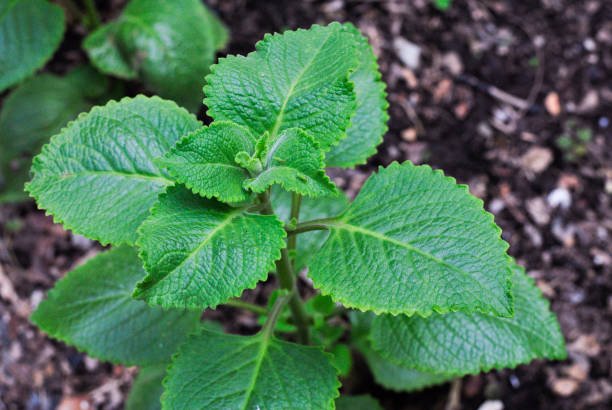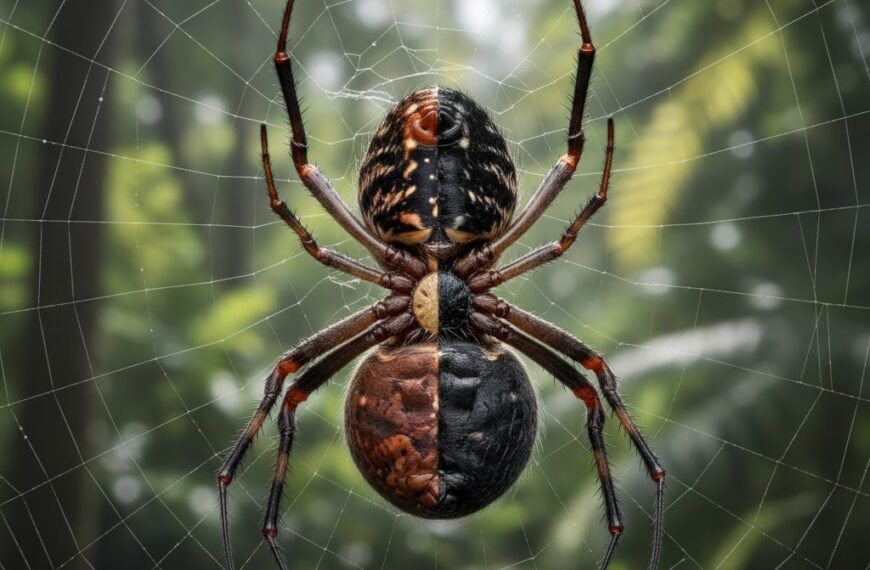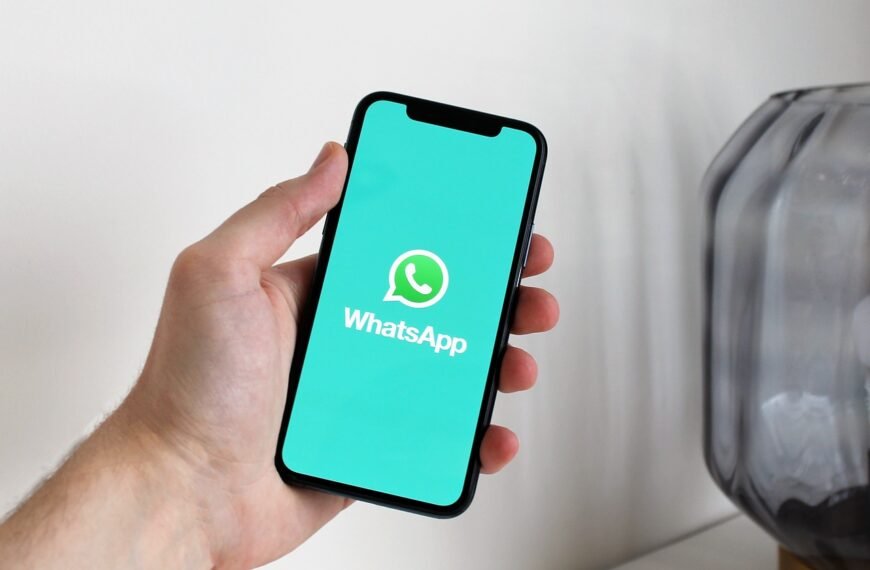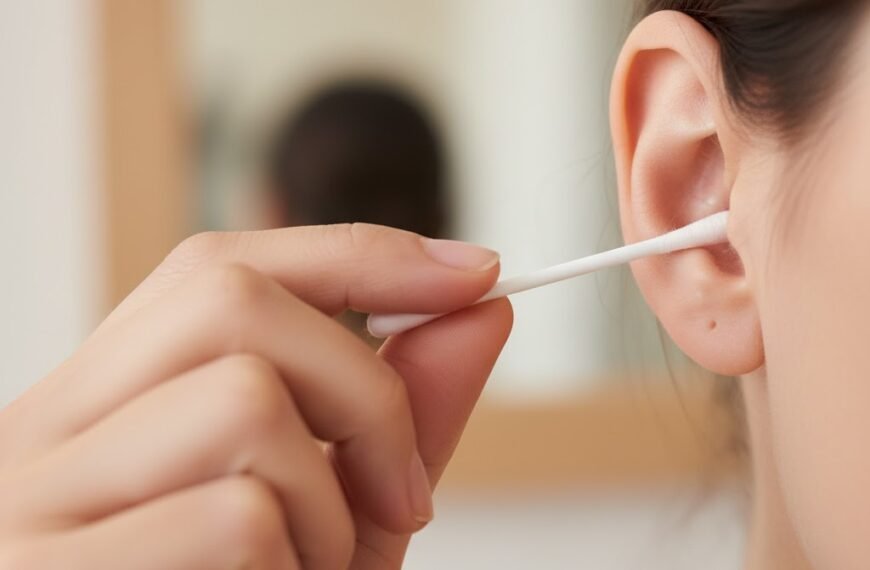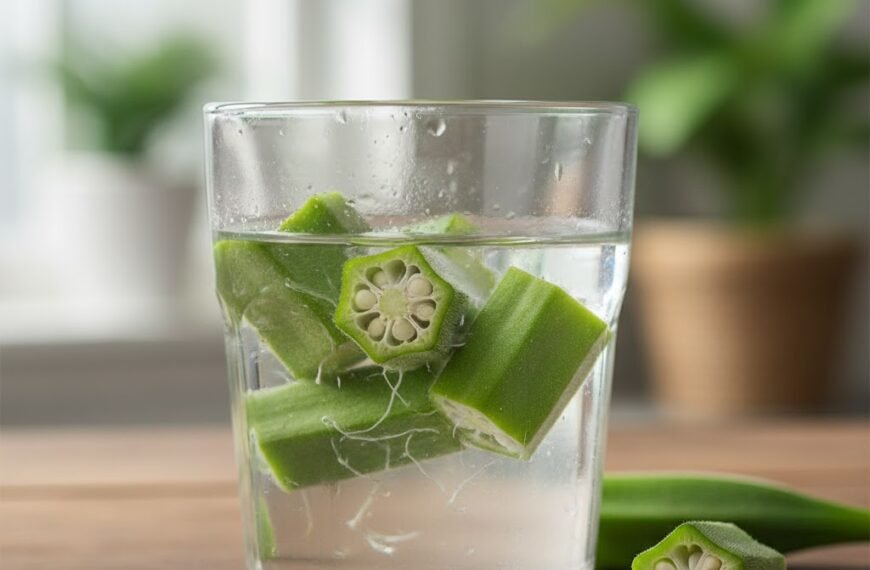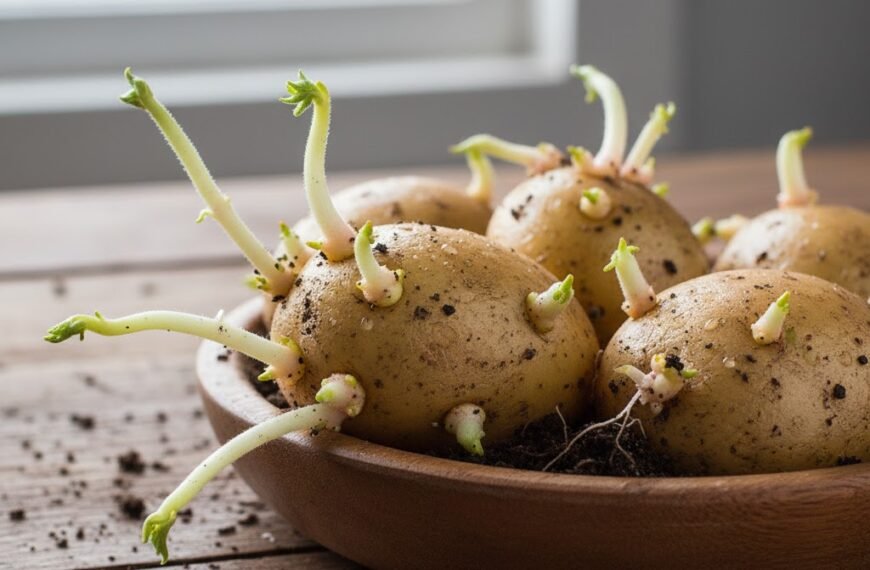Every year, one million trees are felled to produce toilet paper—a staggering environmental cost that has led some to explore surprising alternatives. From rural Kenya to urban Florida, a fragrant leafy plant called Plectranthus barbatus is gaining attention as a sustainable substitute for conventional toilet paper. Could growing your own bathroom tissue be the future of personal hygiene?
The Toilet Paper Crisis
The global toilet paper industry relies heavily on virgin wood pulp, consuming 35% of harvested trees annually. This contributes to:
- Deforestation and habitat destruction
- Chemical pollution from bleaching processes
- Rising costs due to imported raw materials
In Kenya, where imported toilet paper prices have soared, many are returning to traditional solutions.
Meet Nature’s Toilet Paper
Plectranthus barbatus offers remarkable advantages:
✔ Soft, fragrant leaves comparable to commercial toilet paper
✔ Rapid growth – reaches full height in 1-2 months
✔ Cost-effective – cuttings cost just $0.37
✔ Compostable – breaks down naturally in latrines
Benjamin Mutembei, a Kenyan farmer, explains: “My family has used this plant for generations. It’s gentle, smells fresh, and saves money.”
Global Grassroots Movement
The concept is spreading:
- Kenya: Herbalist Martin Odhiambo teaches 600+ students annually about the plant’s uses
- USA: Activist Robin Greenfield distributes cuttings through his “Grow Your Own Toilet Paper” initiative
- Europe: Manufacturers explore recycled alternatives as regulatory hurdles remain
Challenges to Mainstream Adoption
While promising, obstacles exist:
⚠ Invasive species risk – banned in South Africa
⚠ Infrastructure limitations – most sewage systems can’t process leaves
⚠ Cultural perceptions – some associate leaf use with poverty

